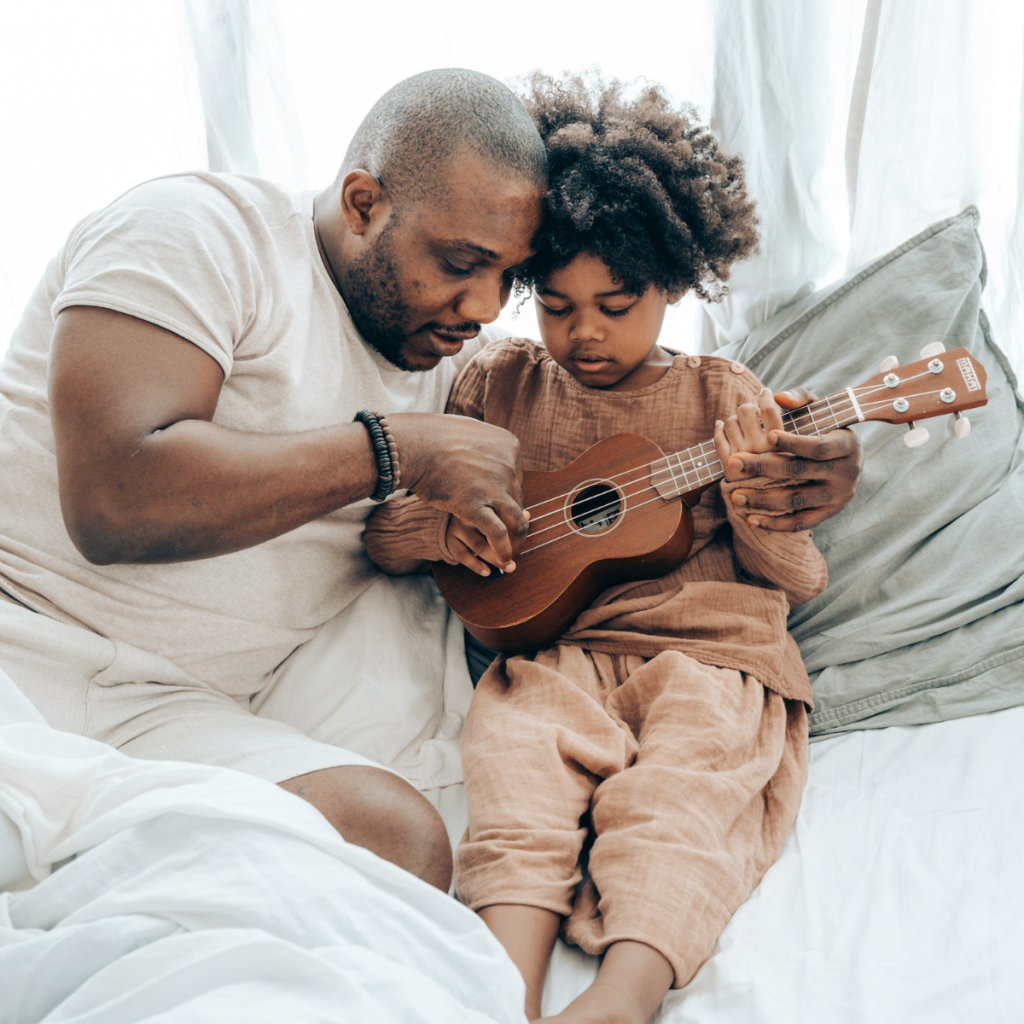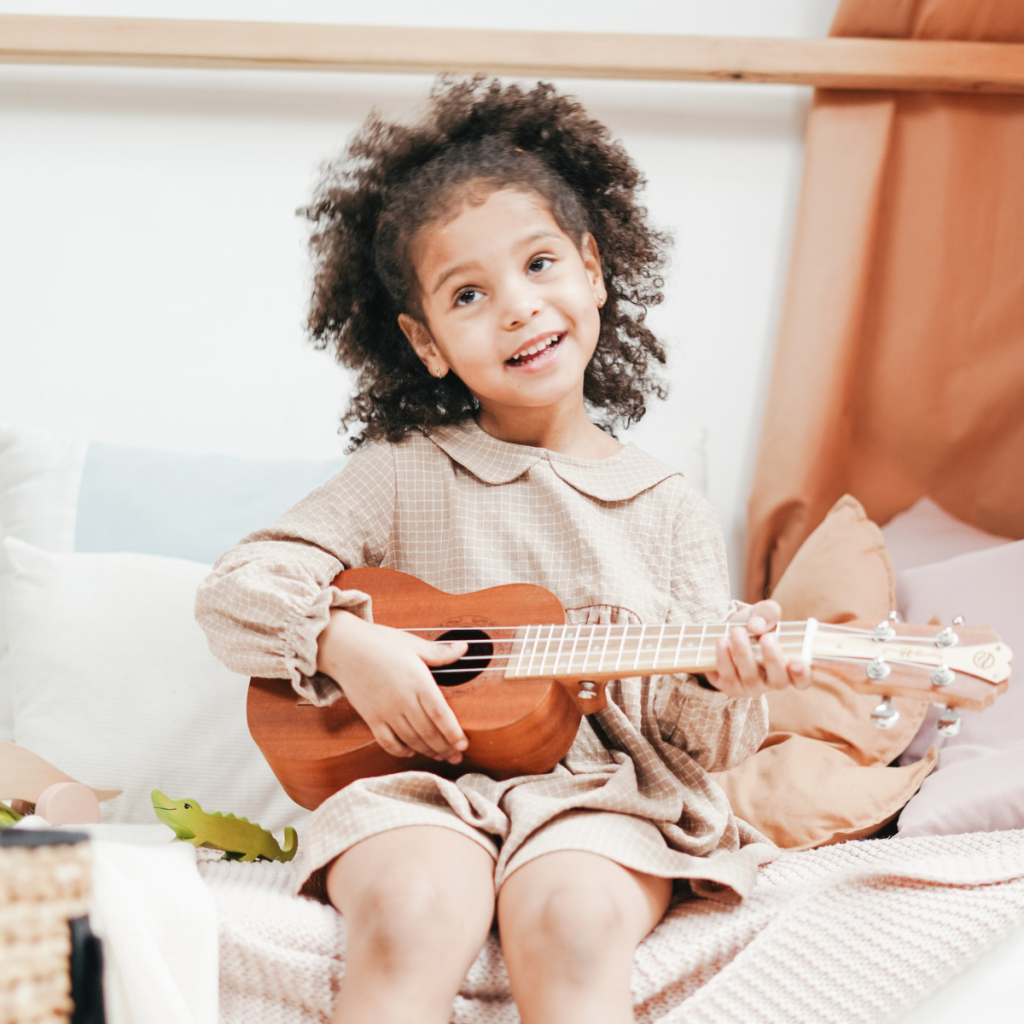Discover effective strategies and tips on how to teach a 4-5 year old child to play an instrument.
How to Teach a 4-5 Year Old Child to Play an Instrument
Teaching a 4-5 year old child to play an instrument can be a rewarding and enriching experience for both the child and the parent. It’s never too early to introduce your little one to the magical world of music. In this article, we will explore the best ways to guide your child on their musical journey, from understanding their learning capabilities to creating a fun and engaging learning environment. So, grab your instruments and let’s dive in!
Understanding the Learning Capabilities of a 4-5 Year Old
Before diving into the world of music education, it’s crucial to understand the learning capabilities of a 4-5 year old child. At this age, children are like sponges, eagerly soaking up new knowledge and experiences. Their cognitive development is rapidly advancing, allowing them to grasp concepts and follow instructions with growing ease.
But what exactly does cognitive development in early childhood entail? Let’s take a closer look.

Cognitive Development in Early Childhood
During early childhood, children show significant growth in their cognitive abilities. They are able to problem-solve, think logically, and make connections between different ideas. This makes it an ideal time to introduce them to the world of music, where they can develop skills such as pattern recognition, memory, and concentration.
Pattern recognition is an essential skill in music. As children engage with musical patterns, they learn to identify and anticipate recurring elements, which strengthens their ability to recognize patterns in other areas of life. This skill can be further enhanced through activities like clapping or tapping along to rhythmic patterns.
Memory is another cognitive skill that can be nurtured through music education. Learning songs, melodies, and rhythms requires children to remember and recall information, which exercises their memory muscles. As they progress, they can even start composing their own musical pieces, challenging their memory in new and creative ways.
Concentration is a vital skill for any form of learning, and music is no exception. When children engage in music activities, they learn to focus their attention and block out distractions. This ability to concentrate can then be transferred to other areas of their lives, helping them excel academically and in various other pursuits.
Emotional and Social Aspects of Learning
Teaching a child to play an instrument goes far beyond the technical skills involved. It also helps them develop emotionally and socially. Music can be a source of self-expression and creativity, allowing children to explore their feelings and communicate through sound.
When children play an instrument, they have the opportunity to express themselves in ways that words alone cannot capture. They can convey joy, sadness, excitement, or any other emotion through the melodies they create. This emotional outlet can be incredibly empowering for young children, helping them develop a sense of self and emotional intelligence.
Additionally, playing music with others fosters social skills such as teamwork and collaboration. Whether it’s playing in a band, singing in a choir, or participating in a music class, children learn to listen to others, coordinate their actions, and work towards a common goal. These experiences teach them the value of cooperation and the importance of supporting and respecting others.
Furthermore, music has the power to bring people together. It can create a sense of community and belonging, allowing children to connect with others who share their love for music. This sense of belonging can boost their self-esteem and confidence, encouraging them to explore their musical abilities further.
So, when considering music education for 4-5 year olds, it’s important to recognize the multitude of benefits it offers. Not only does it enhance cognitive development, but it also nurtures emotional expression and social skills. By providing a rich and stimulating musical environment, we can help these young learners thrive and discover the joy of music.
Choosing the Right Instrument for Your Child
Now that we understand the learning capabilities of 4-5 year olds, it’s time to choose the right instrument for your child. While this decision ultimately depends on their interests and preferences, there are a few factors to consider.

Factors to Consider in Instrument Selection
When selecting an instrument, consider your child’s physical capabilities. Some instruments require more finger dexterity, while others demand breath control. It’s important to choose an instrument that your child can handle comfortably.
For example, if your child has small hands, instruments like the piano or guitar may be more challenging. On the other hand, if your child has good hand-eye coordination, instruments like the violin or drums may be a better fit. By considering your child’s physical abilities, you can ensure that they have a positive and enjoyable experience while learning to play an instrument.
Additionally, consider the affordability and durability of the instrument. Young children may be prone to accidents, so it’s important to choose an instrument that can withstand some wear and tear. Instruments made from sturdy materials like wood or metal are often a good choice for young beginners.
Popular Instruments for Young Children
For young children, certain instruments are particularly well-suited. The piano, for example, provides a solid foundation in music theory and helps develop hand-eye coordination. Learning to play the piano also helps children understand concepts like melody, rhythm, and harmony.
On the other hand, the violin introduces children to the world of string instruments and develops their sense of pitch. Playing the violin requires precise finger placement and bowing technique, which helps children develop fine motor skills and a keen ear for intonation.
Other popular options for young children include the guitar and ukulele. These instruments are versatile and can be played in various musical genres. They also allow children to strum chords and play melodies, fostering creativity and self-expression.
For those who prefer a more rhythmic experience, percussion instruments like drums or xylophones are great choices. Playing percussion instruments helps children develop a sense of timing, coordination, and rhythm. It also allows them to explore different sounds and experiment with creating their own beats.
Ultimately, the best instrument for your child is the one that they are most excited about. By considering their physical capabilities, affordability, and the unique benefits of each instrument, you can make an informed decision that will set your child on a musical journey filled with joy and growth.
Creating a Fun and Engaging Learning Environment
Now that you’ve chosen the perfect instrument, it’s time to create a fun and engaging learning environment. Remember, learning should never feel like a chore. Keeping things playful and interactive will keep your child enthusiastic about their musical journey.
When it comes to music education, incorporating fun elements can make a world of difference. By infusing joy and excitement into the learning process, you can create an environment that fosters creativity and encourages exploration. So, let’s dive into some strategies that will help you make music education a truly enjoyable experience for your child!
Making Music Fun
Introduce your child to the joys of music by incorporating play into their learning experience. Use colorful visual aids, such as posters and flashcards, to make learning concepts like notes and rhythms more engaging. You can create a vibrant and interactive learning space by decorating the walls with musical symbols and images of famous musicians.
Additionally, consider incorporating technology into your child’s musical journey. There are numerous music apps and online platforms that offer interactive lessons and games, making learning both educational and entertaining. These digital resources can provide a fresh and exciting way for your child to engage with music.
Encourage your child to experiment with the instrument, allowing them to freely explore different sounds and create their own melodies. This sense of freedom and creativity will not only make learning more enjoyable but also help your child develop a personal connection with their instrument.
Incorporating Play into Learning
Learning should be a blend of structured instruction and unstructured play. Provide your child with opportunities to take breaks from formal practice by engaging in musical games or playing along with their favorite songs. This will keep their enthusiasm high and prevent burnout.
One way to incorporate play into learning is by organizing music-themed scavenger hunts. Hide musical notes or small instruments around the house and challenge your child to find them. This activity not only adds an element of excitement but also reinforces their knowledge of musical symbols and instruments.
Another fun idea is to create a musical obstacle course. Set up different stations where your child can practice various musical skills, such as playing scales, identifying intervals, or clapping rhythms. By turning learning into a game, you’ll keep your child engaged and motivated to continue their musical journey.
Remember, the key to creating a fun and engaging learning environment is to strike a balance between structure and playfulness. By incorporating these strategies, you’ll not only make music education enjoyable for your child but also lay a strong foundation for their musical growth and development.
Basic Music Theory for Young Children
Understanding the basics of music theory is an essential foundation for any young musician. By introducing rhythm and melody, you’ll set your child up for success in their musical journey.
Introducing Rhythm and Melody
Start by teaching your child basic rhythm patterns through clapping or tapping exercises. This will help develop their sense of timing and coordination. Gradually introduce simple melodies on the instrument, allowing them to practice playing along with familiar tunes. Encourage them to experiment with different rhythms and melodies, fostering their creative expression.
Understanding Musical Notation
While young children may not be ready for formal musical notation, it’s never too early to introduce them to basic symbols and concepts. Use simple visual representations, such as colored stickers or shapes, to illustrate musical notes and their duration. This visual approach makes learning notation more accessible and fun.
Teaching Techniques for Young Children
Teaching a 4-5 year old child to play an instrument requires special techniques that cater to their unique learning needs. Patience and persistence are key to ensuring their progress and enjoyment.
Patience and Persistence in Teaching
Remember, learning an instrument takes time and effort. Be patient with your child as they navigate the challenges of playing music. Break down complex concepts into bite-sized pieces, and celebrate their achievements along the way. Encourage them to practice regularly, but avoid pressure or unrealistic expectations.
Reward-Based Learning Techniques
To keep your child motivated, consider implementing reward-based learning techniques. Create a sticker chart or mini-rewards system that acknowledges their progress and effort. This will help them stay engaged and instill a sense of accomplishment.
Teaching a 4-5 year old child to play an instrument is a wonderful gift that will benefit them throughout their lives. By understanding their learning capabilities, choosing the right instrument, creating a fun learning environment, and employing effective teaching techniques, you’ll set them on a musical journey filled with joy and self-expression. So, let the music play and watch your child’s love for music soar!



